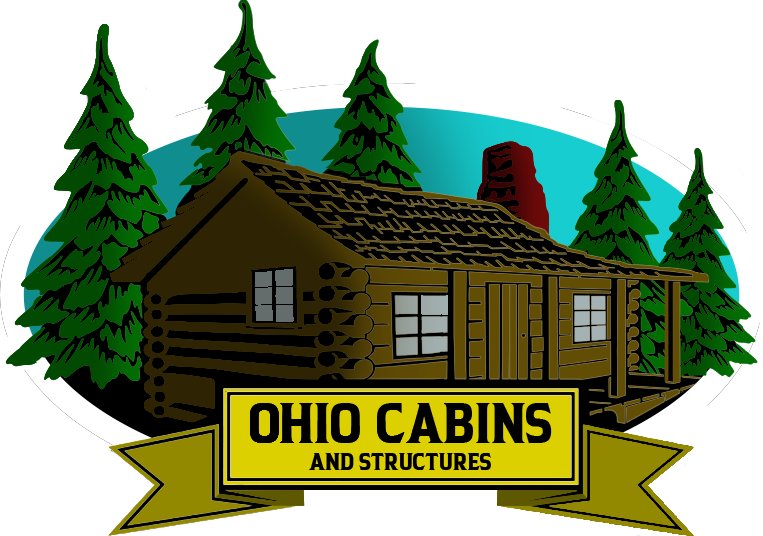Living off the grid has become more than just a lifestyle choice—it represents independence, sustainability, and a deeper connection to nature. But what does it really take to live off the grid? If you dream of building a cabin, generating your own power, sourcing your own water, and living with minimal reliance on public utilities, this guide will walk you through how to live off the grid successfully.
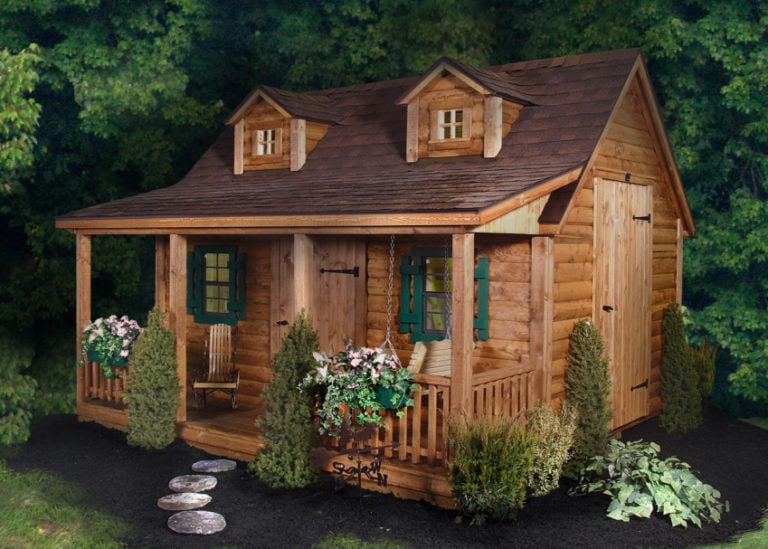
Understanding Off-Grid Living
Living off the grid means disconnecting from traditional public utilities such as electricity, water supply, sewage systems, and sometimes even communication networks. People choose off-grid living for many reasons: reducing their environmental footprint, achieving financial freedom, preparing for emergencies, or simply seeking peace and privacy.
The core pillars of off-grid living include generating power independently, managing water resources, handling waste sustainably, securing food supplies, and maintaining shelter built to endure all conditions.
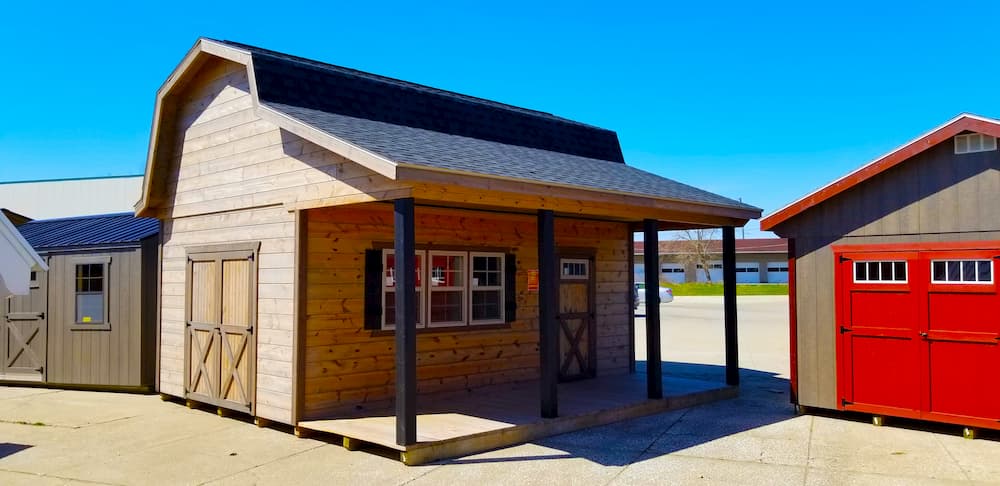
Building Shelter: Choosing Your Off-Grid Home
Choosing the right home structure is critical. Cabins, tiny homes, and cottages are popular off-grid options because they are efficient, durable, and adaptable. Companies like Ohio Cabins & Structures specialize in prefab cabins designed specifically for rural and off-grid living.
Key considerations when building or selecting your shelter include:
- Energy-efficient design
- High-quality insulation for year-round comfort
- Solar-ready roofing or space for solar panel installation
- Durable materials to withstand remote conditions
Starting with a compact, easy-to-maintain structure allows you to conserve resources and focus on sustainable systems.
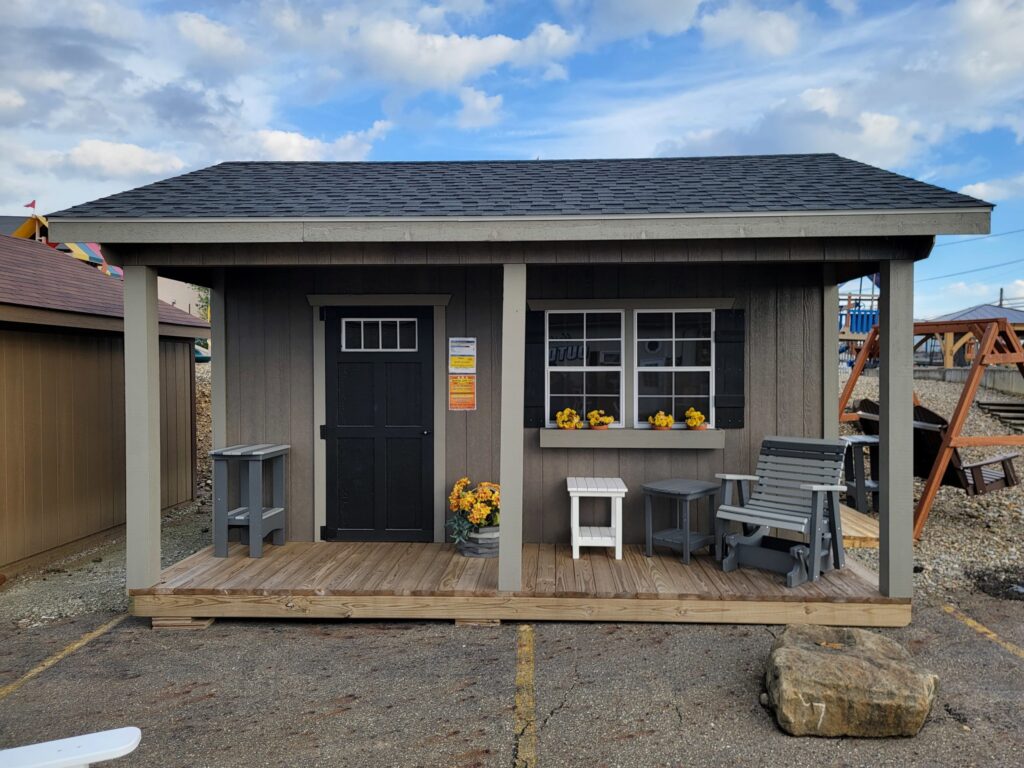
Generating Off-Grid Power
Electricity is one of the biggest challenges for off-grid living. Fortunately, renewable technologies have made independent power generation more accessible. Common options include:
- Solar Power: Solar panels paired with battery storage systems can provide reliable electricity.
- Wind Turbines: Ideal in areas with consistent wind patterns.
- Micro-Hydropower: Suitable if you have access to flowing water year-round.
Most off-grid homes combine multiple sources for redundancy. Solar is the most popular starting point due to its scalability and falling costs.
Battery systems—such as Tesla Powerwall or off-grid battery banks—store excess energy for nighttime or cloudy days, ensuring uninterrupted access to power.
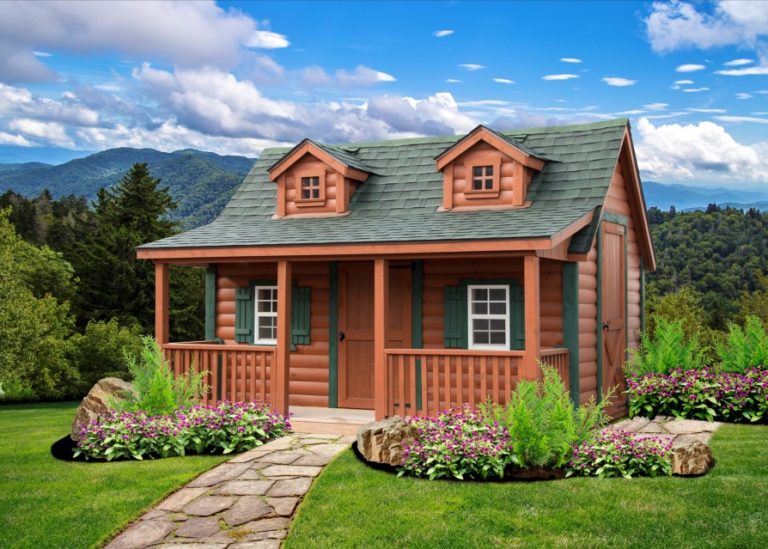
Managing Water Resources
Water independence is essential. Your options for securing a water source include:
- Wells: Drilled or dug wells provide reliable, renewable water.
- Rainwater Harvesting: Systems capture and filter rainwater for household use.
- Surface Water: Streams, ponds, or lakes can be sources with proper filtration.
Investing in water purification systems (like UV filters, ceramic filters, or reverse osmosis systems) ensures that your water remains safe for drinking and cooking.
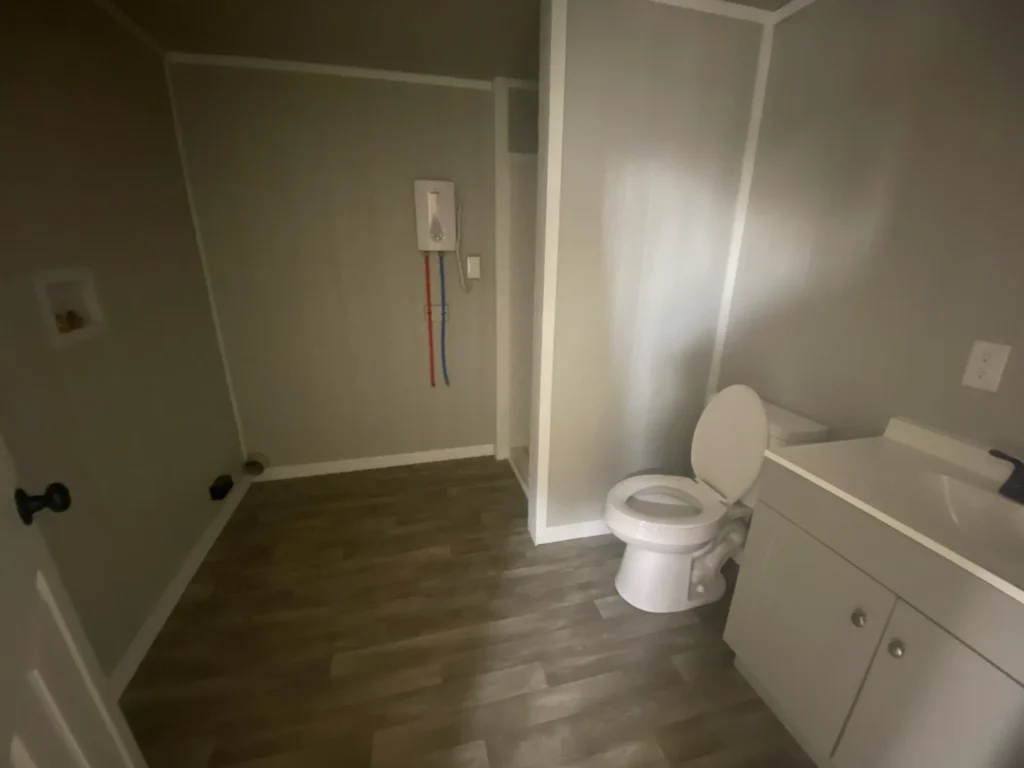
Waste Management Solutions
Off-grid waste management must be both sanitary and eco-friendly. Key methods include:
- Composting Toilets: Break down waste naturally without water.
- Septic Systems: Common for larger off-grid properties.
- Greywater Systems: Recycle water from sinks and showers for garden irrigation.
Efficient waste management protects your environment and maintains the health and comfort of your home.
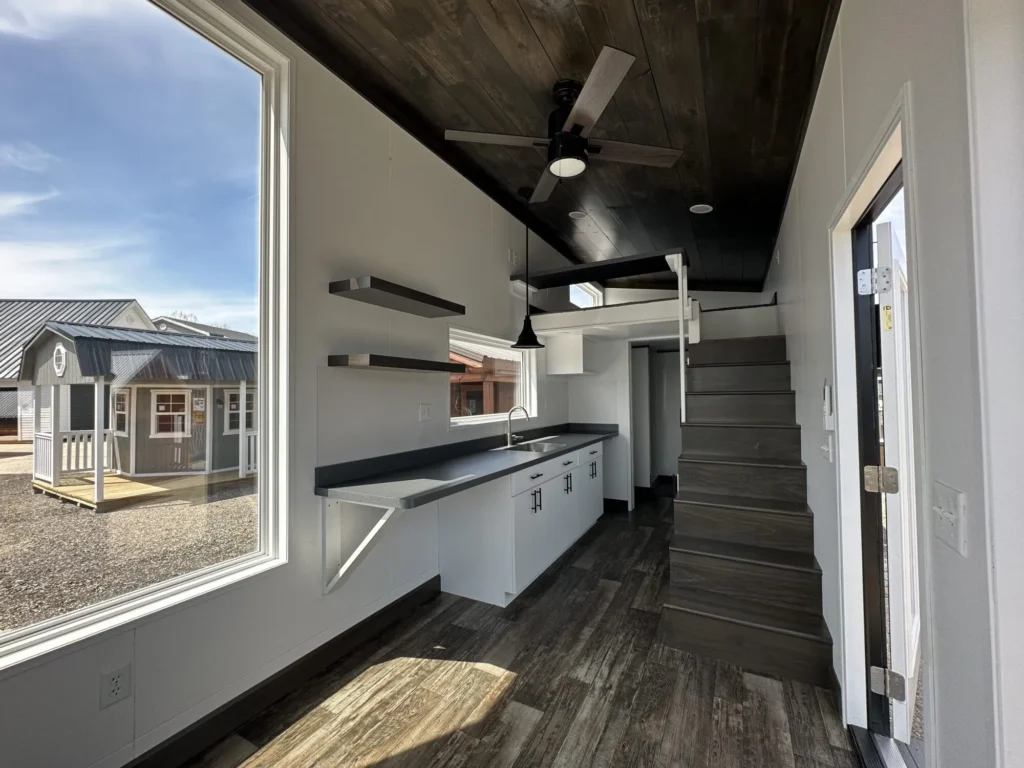
Securing Food and Self-Sufficiency
Food independence often plays a major role in off-grid living. Options include:
- Gardening: Growing fruits, vegetables, and herbs on-site.
- Livestock: Raising chickens, goats, or other small animals.
- Preservation: Canning, dehydrating, and freezing food to store harvests year-round.
- Foraging and Hunting: Supplementing your food supply with wild resources.
Many off-grid homesteaders start small and expand as they gain experience managing land and resources.
Communication and Internet
Staying connected while off-grid is easier than ever. Solutions include:
- Cellular Hotspots: Portable internet powered by nearby cell towers.
- Satellite Internet: Providers like Starlink offer high-speed, low-latency internet in remote areas.
This allows for remote work, online education, emergency communication, and entertainment without sacrificing the off-grid experience.

Financial and Legal Considerations
Before making the leap, plan carefully for the financial and legal aspects:
- Research zoning laws and building codes.
- Budget for land, construction, systems, and ongoing maintenance.
- Secure permits for wells, septic systems, or alternative energy installations.
- Investigate property taxes and insurance options for off-grid properties.
Proper planning helps ensure a smooth transition and minimizes unexpected setbacks.
Mental and Emotional Preparation
Living off-grid is incredibly rewarding but can also be challenging. Isolation, maintenance demands, and a learning curve around self-sufficiency require mental resilience and a willingness to adapt.
Building skills in carpentry, gardening, plumbing, and electrical work will be invaluable. Community connections with other off-grid residents can also offer support, advice, and camaraderie.
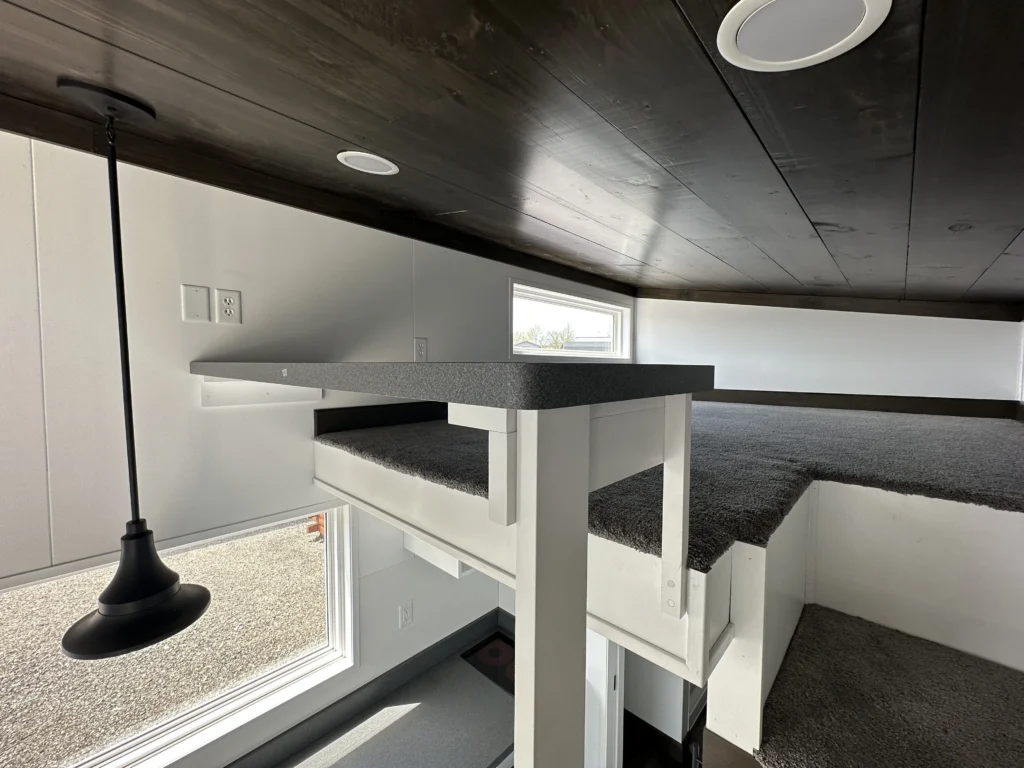
Ohio Cabins & Structures: Building Your Off-Grid Dream
Ohio Cabins & Structures offers high-quality prefab cabins and cottages perfect for off-grid living. With customizable designs, energy-efficient construction, and durable craftsmanship, they provide the ideal starting point for an independent lifestyle.
Explore prefab cabin options designed for off-grid success by visiting Ohio Cabins & Structures. For more tips on sustainable living and homesteading, visit resources like Mother Earth News or Off-Grid.net.
Learning how to live off the grid is a journey—one that leads to freedom, self-reliance, and a renewed connection to the land. With careful planning, the right systems, and a resilient mindset, you can build a rewarding and sustainable life away from the conventional grid.
